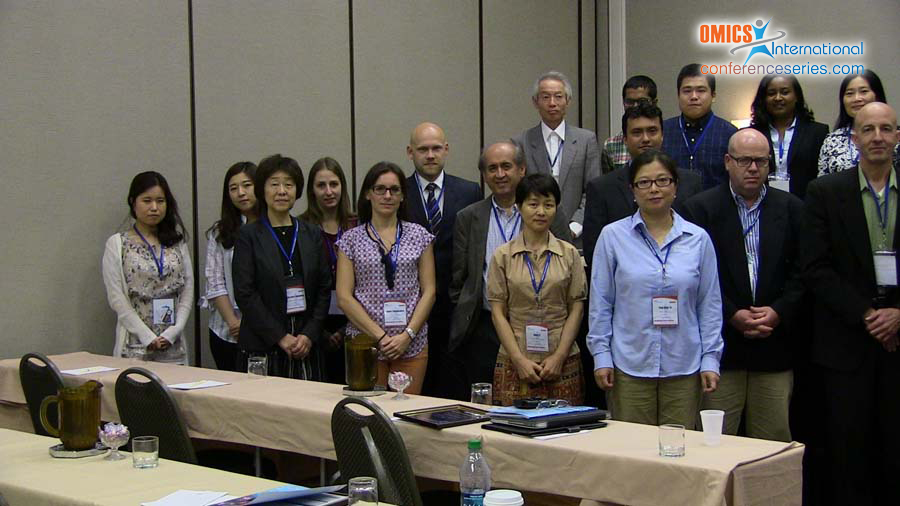
Fiona Haxho
Queen’s University, Canada
Title: Role of G protein-coupled receptors in insulin receptor glycosylation and activation
Biography
Biography: Fiona Haxho
Abstract
The insulin receptor (IR) is a transmembrane tyrosine kinase receptor (RTK) that is activated by insulin and insulin growth factors-I and II. Metabolically, insulin-induced IR activation plays a key role in the regulation of glucose homeostasis. A dysfunctional process of insulin-induced IR activation may result in a range of clinical manifestations including insulin resistance, type 2 diabetes mellitus, obesity, cancer, hypertension, and cardiovascular disorders. Although signal transduction pathways for many tyrosine kinase receptors, including IR, are generally well characterized, parameters controlling the activation of these receptors have remained poorly defined. Our recent reports describe a novel G-protein coupled receptor (GPCR)-signaling platform to potentiate mammalian neuraminidase-1 (Neu1) and matrix metalloproteinase-9 (MMP9) cross-talk in regulating RTKs, and specifically IR. Central to this regulatory signaling axis is that Neu1, MMP9 and neuromedin-B GPCR form a complex with the IRβ-subunit on the cell surface. This signaling paradigm proposes that insulin binding to its receptor on the cell surface induces a conformational change of the receptor to initiate GPCR Giα-signaling and MMP9 activation to induce Neu1. Activated Neu1 hydrolyzes α-2,3-sialyl residues linked to β-galactosides, which are distant from the insulin binding sites. These findings support a prerequisite desialylation process by activated Neu1 enabling the removal of steric hindrance to IRβ subunit association and the activation of tyrosine kinases. These reports uncover an unprecedented mode of control for insulin-induced IR activation and present an innovative platform for targeting hormone signaling by the modification of IR glycosylation.

